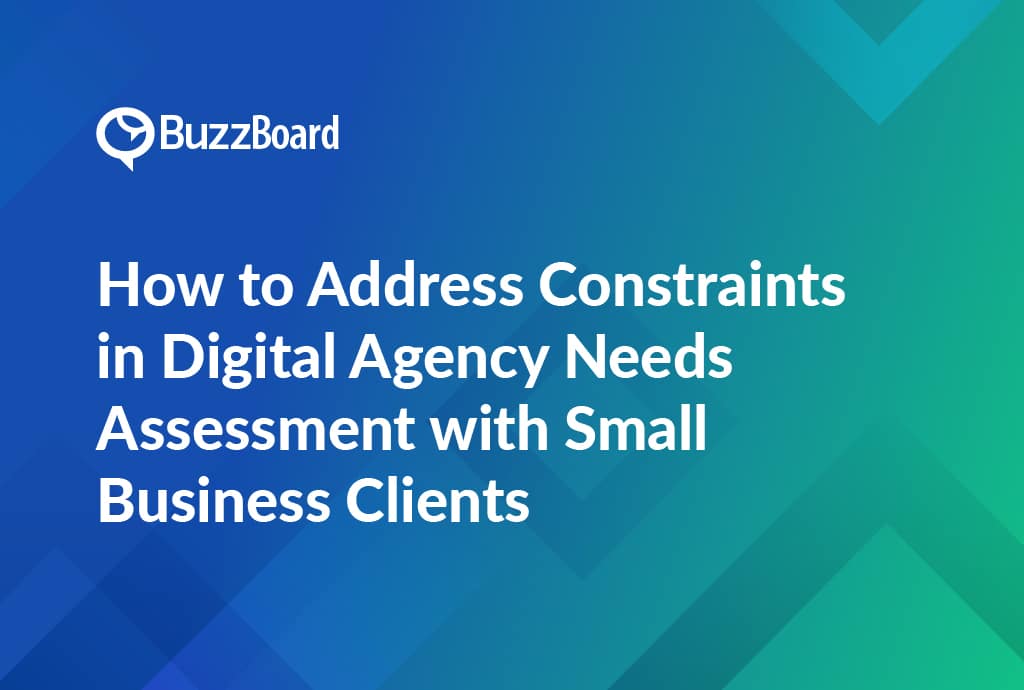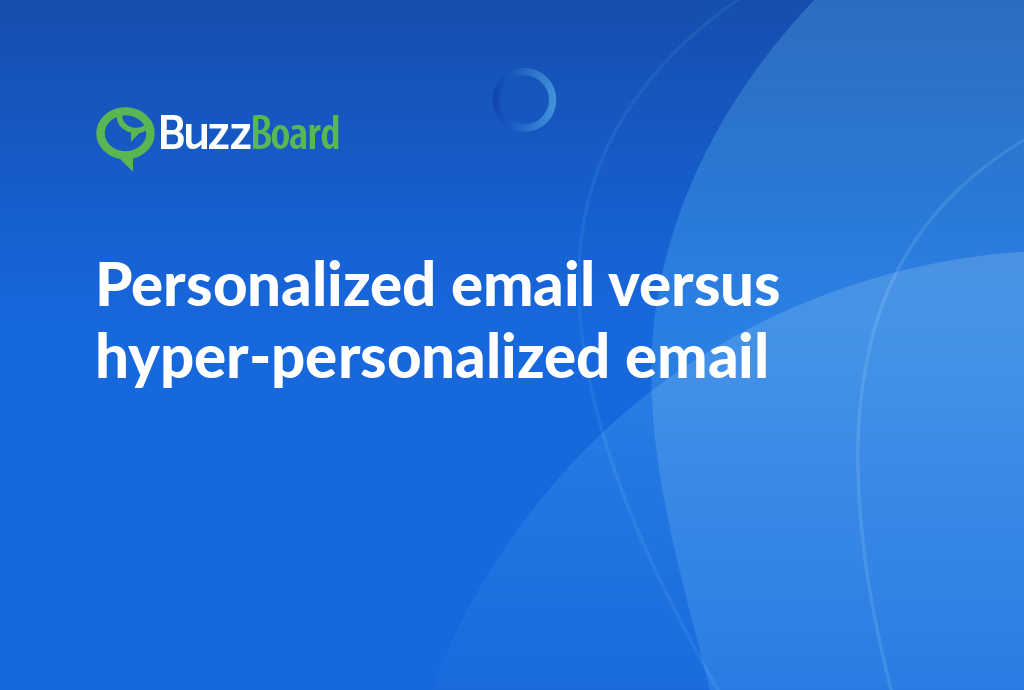Summary
When working with small business clients, digital agencies often face unique challenges in conducting needs assessments. To address these constraints, agencies should prioritize open communication, flexible project scoping, and collaborative goal-setting. By doing so, agencies can better understand clients’ needs, identify key pain points, and develop tailored solutions that meet their specific requirements. This approach enables agencies to deliver high-quality services, build strong client relationships, and drive business growth.
Identifying the Constraints in Conducting Digital Agency Needs Assessment with Small Business Clients
When it comes to conducting a digital agency needs assessment with small business clients, several stumbling blocks can hamper the process. As a digital marketing agency, it’s vital to be aware of these impediments to deliver solutions that meet client necessities while also coinciding with their budget and resources.
One significant roadblock is budget analysis. Small businesses typically operate on tight budgets, causing a discrepancy between what’s needed and what can be affordably realized. Often, digital marketing agencies must strike a balance between cost-effectiveness and functionality, aspiring to grant small businesses the most substantial outcomes within their prescribed resources.
Another related bottleneck is resource allocation. Since small businesses often boast fewer resources compared to big corporations, digital marketing agencies must be adept at managing project outcomes. This discrepancy may impact the time taken for project realization and therefore affect the initially agreed timeline.
Client satisfaction can pose yet another challenge. Small businesses may hold different expectations of digital marketing agencies. It’s key for these agencies to establish realistic expectations from the beginning, resulting in higher satisfaction rates upon project completion.
Overcoming these obstacles in conducting digital agency needs assessments is key. Comprehending these challenges is the initial step, followed closely by devising innovative ways to circumvent them effectively.
Remember, every roadblock also serves as a chance for inventive problem-solving. With an understanding of these challenges, you can start carving the route toward greater achievement with your small business clients.
Importance of Budget Analysis in Addressing Constraints in Digital Marketing Agency
Often, constraints in a project’s needs assessment can restrict its outcomes and client satisfaction. As a salesperson, addressing these constraints is fundamental to protect your small business clients’ interests.
Budget analysis serves as a powerful tool to navigate through these constraints. It aids in efficient resource allocation, ensuring optimal use of your client’s digital marketing budget. This practice also ensures value for money, boosting your client’s trust and satisfaction.
Small businesses often grapple with budgetary constraints, which may interfere with crafting a full-fledged digital strategy. However, an in-depth budget analysis can help identify areas of necessity and prioritization, ensuring that each dollar spent yields a maximum return on investment.
This approach not only relieves concerns about budget constraints but also enhances project outcomes. A clear understanding of your client’s budget can help tailor a marketing strategy that meets their exact needs, therefore improving overall client retention and satisfaction.
Remember, an understanding of your clients’ budgetary constraints, coupled with a precise strategy, can propel your clients’ small businesses to new digital heights, thereby ensuring client satisfaction.
The Role of Resource Allocation in Minimizing Assessment Constraints in a Digital Agency
Navigating the complex world of digital marketing can be an intimidating task for many small businesses. For you as salespeople at digital agencies, it is paramount to facilitate clients’ needs while keeping a close eye on resource allocation. This plays a significant role in minimizing constraints during the needs assessment of digital agencies.
In any digital marketing agency, resource allocation may either push a project towards victory or it could crash it. Apt allocation can catalyze a successful campaign execution, consequently ensuring optimal client satisfaction. This process involves analyzing a client’s budget, crafting a strategy that aligns with their requirements, and diligently allocating resources to execute the plan. Yet, the task gets challenging when constraints creep in.
Constraints within a digital agency’s needs assessment can vary from budget restrictions to limited manpower, time constraints to lack of appropriate skills. Managers are required to make the most of their resources optimally to effectively dodge these hurdles. They need to consider the expertise, availability of resources, and the client’s budget during the budget analysis phase for a smooth execution of the plan.
Skillfully managing resources can gift an edge to your digital agency, allowing it to deliver top-tier, affordable solutions for small businesses. Boost your knowledge of resource allocation with this thorough guide.
Staying alert to these elements can help you weave through the convolutions and ensure that superior service is provided to your clients. By focusing on resource allocation, digital marketing agencies can minimize constraints and optimize outcomes.
Correlation Between Project Outcomes and Constraints in Digital Agency Needs Assessment
In the ever-evolving digital landscape, salespeople at digital marketing agencies, geared towards small and local businesses, face unique challenges during needs assessments. Understanding the relationship between constraints and project outcomes is crucial for overall client satisfaction.
Budgetary constraints often dictate resource allocation. A well-executed budget analysis can positively impact project outcomes by guiding priorities, enabling cost-effective solutions, and boosting ROI for small-scale businesses. However, a thorough budget analysis should factor in all elements, including labor, technology, software, and potential risks. Neglecting these could lead to cost underestimation, resulting in constraints down the line.
Effective resource allocation is another vital element in meeting digital agency needs. It involves careful management of both tangible and intangible resources, such as manpower, software tools, and time. A well-chalked allocation plan optimizes output and improves project outcomes amidst various constraints.
Ultimately, how these constraints are managed can directly influence the final project outcomes and, consequently, client satisfaction. Thus, it’s imperative sales professionals adeptly navigate these constraints without sacrificing the quality of deliverables.
Remember, knowledge is power. Understanding the relationship between project outcomes and constraints can elevate client satisfaction and stimulate business growth. Stay updated and proactive to become an industry leader.
How to Improve Client Satisfaction Despite Constraints in Digital Agency Needs Assessment
Boosting client satisfaction is often a daunting task for digital marketing agencies, admittedly more so when servicing small businesses. Agencies often encounter distinctive challenges inherent in digital agency needs assessments. However, a detailed understanding of these obstacles allows agencies to mitigate their impact and achieve success.
Common constraints that tend to impede optimal service delivery include inadequate resource allotment and improper budget analysis. Recognizing the importance of these elements is the initial step towards devising an effective solution. A meticulously conducted budget analysis assures an adequate distribution of resources among various operations within a digital marketing project, hence cultivating conditions for improved project outcomes.
Agencies must concentrate on comprehensive needs assessment to comprehend the client’s business, their industry domain, and target market to formulate a well-informed strategy. This approach fosters stronger relations between the agency and the client, laying the foundation for enhanced client satisfaction.
Notwithstanding these constraints, digital agencies can employ innovative strategies to bolster the chances of superior client satisfaction. Agencies should regularly communicate with clients to synchronize the project’s scope, timeline, budget, and success factors. Prioritizing tasks that significantly contribute to the client’s goals is another strategy. Investing in team training and development can also considerably boost client satisfaction by augmenting team capacity and skills.
In an age where the requirements of small businesses continuously evolve, it’s critical for agencies to remain nimble and scalable. An agency’s ability to promptly adapt and deliver exemplary services despite constraints will undoubtedly lead to impressive client contentment rates.








